Preschool is full of potential! It may be your child's first experience at school and can give them a foundation for learning in the years to come. If you're like most parents, you want a nurturing preschool environment that also provides the perfect amount of stimulation for your child. If you have a child with special needs then you need to be sure those needs will be cared for and addressed. There are some key considerations when choosing a preschool for kids with a sensory processing disorder, autism or other special needs.
1. Play space
Take a look at the physical space in the preschool. Is there room for play both inside and outside? Preschoolers need ample space to explore and learn about their environment. Equipment that allows kids to crawl in and out of, such as the 4-Way Play Tunnel, is great for encouraging kids to use different types of movements. If you see a space or surface that concerns you, speak to the staff about it. This is a good opportunity to assess if they are approachable and willing to hear your concerns.
2. Curriculum integration
A preschool curriculum should integrate movement and play with minimal time spent seated at a table. Ask about how the prospective program uses their curriculum to drive daily activities and take a look at the daily schedule.
3. Gross and fine motor skills
Both gross motor (large movement) and fine motor (smaller movements done with the hands) skills are important for preschools to work on every day. Kids are developing those skills and need opportunities to explore the different motions. Jumping on a Jungle Jumparoo is a fun way for kids to jump and interact with their peers. Does the classroom have scooters or a place for climbing, like the Tyke Tower Climbing Wall? Make sure there is also time dedicated to fine motor activities, such as putting together the Busy Fingers 3D Foldables TM and practicing cutting with our adaptive scissors.
4. Sensory seating
Clear boundaries can help kids thrive and feel secure, especially for those with sensory processing disorders or autism where boundaries can be harder to understand. Spot Markers are wonderful aids to clearly define each child’s seat during circle time. Mushy Smushy Bean Bag Chairs offer comfortable seating options for kids who need alternative seats.
5. Organization
Kids with sensory processing disorders often get overwhelmed by clutter or find themselves seeking other input when their environment is not engaging. Check to see if the classroom is well-organized with clearly marked cubbies for activities and supplies. Speak to the teacher to find out what visual organizers are used in the classroom. Things like wall charts, visual schedules, and Time Timers can help minimize frustration and overstimulation during transitions between activities.
6. Behaviour
At the preschool level, consequences should be a natural result of a child’s behavior, not a punishment. Discuss the classroom rules and expectations so that you have a clear idea of what happens if your child has a sensory meltdown. Is there a system in place for positive reinforcement with natural consequences? Does the teacher understand how to handle sensory meltdowns to aid your child’s self-regulation?
7. Imaginative play
Kids love using their imagination and should be encouraged to do so. Trying out different roles is wonderful for social-emotional development as they explore how they might behave in different situations. This type of play also promotes creative problem solving, motor planning and social interaction with their peers.
8. Sensory diet
Make sure that the school and teachers are trained to address and understand sensory sensitivities. Can they adhere to your child’s sensory diet? If not, are they open to your input and willing to work together to best support your child in school? You can share this Sensory Diet Printable with your kid’s teacher to help everyone stay on the same page.
Remember that you are your child’s best advocate. As long as there is an atmosphere of openness and cooperation in the preschool, you and your child will have a wonderful school experience.
Check out our collection of classroom tools for preschoolers to equip your child for school.
This post was originally posted on 05/01/2015 by Aviva Weiss MS, OTR/L. It was updated for accuracy and comprehensiveness by Rivkie Berger, OTR/L on 07/24/2023.








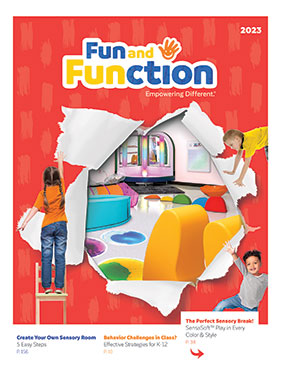





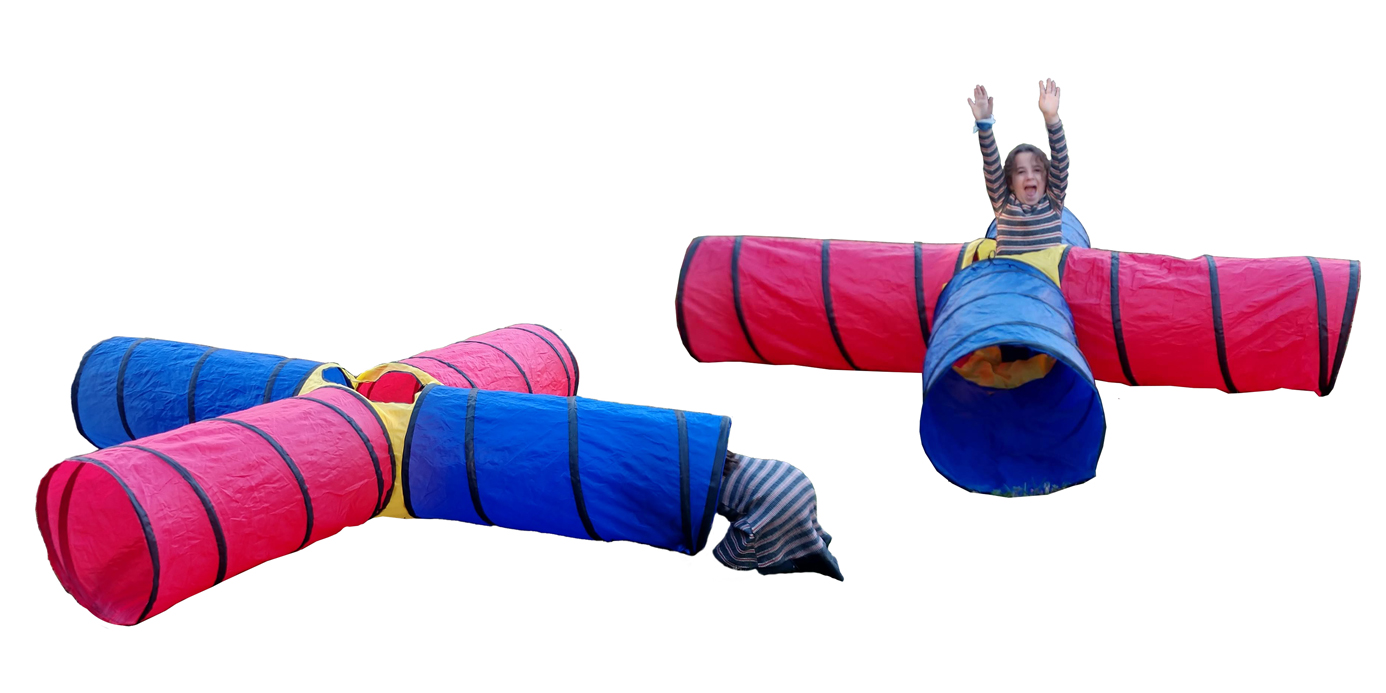
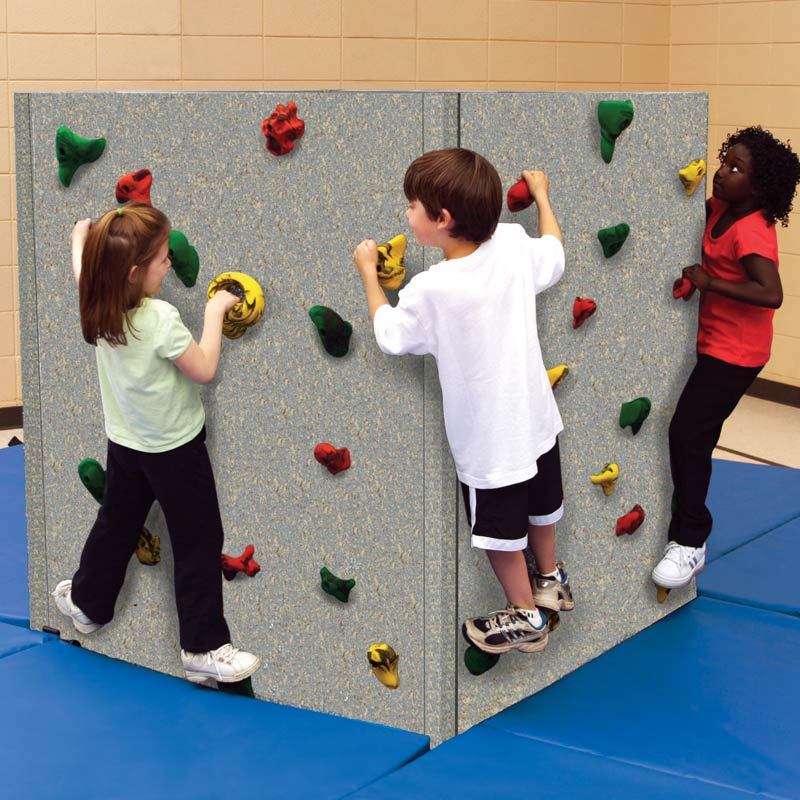

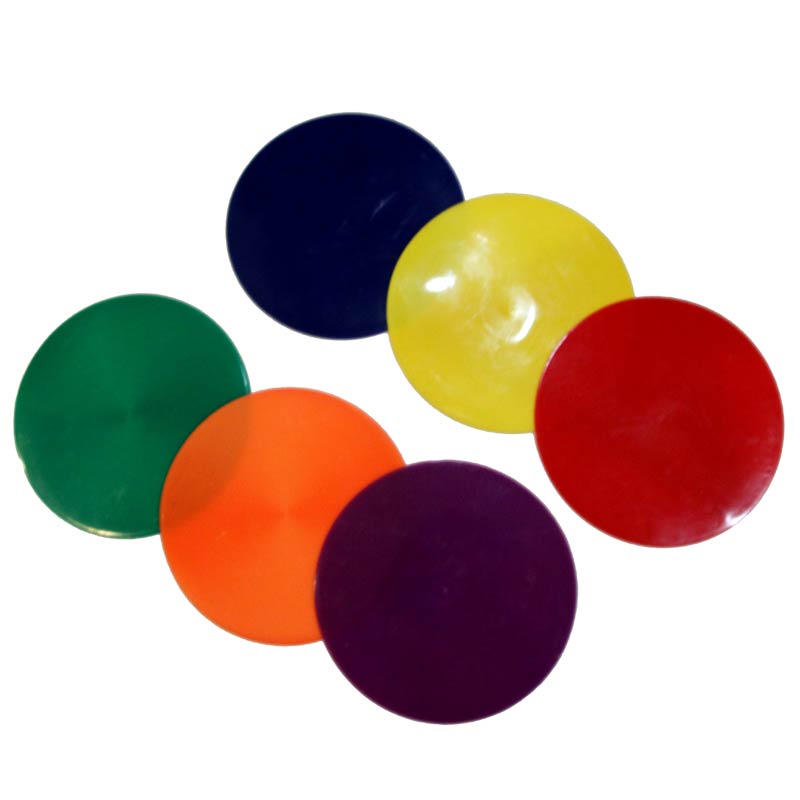
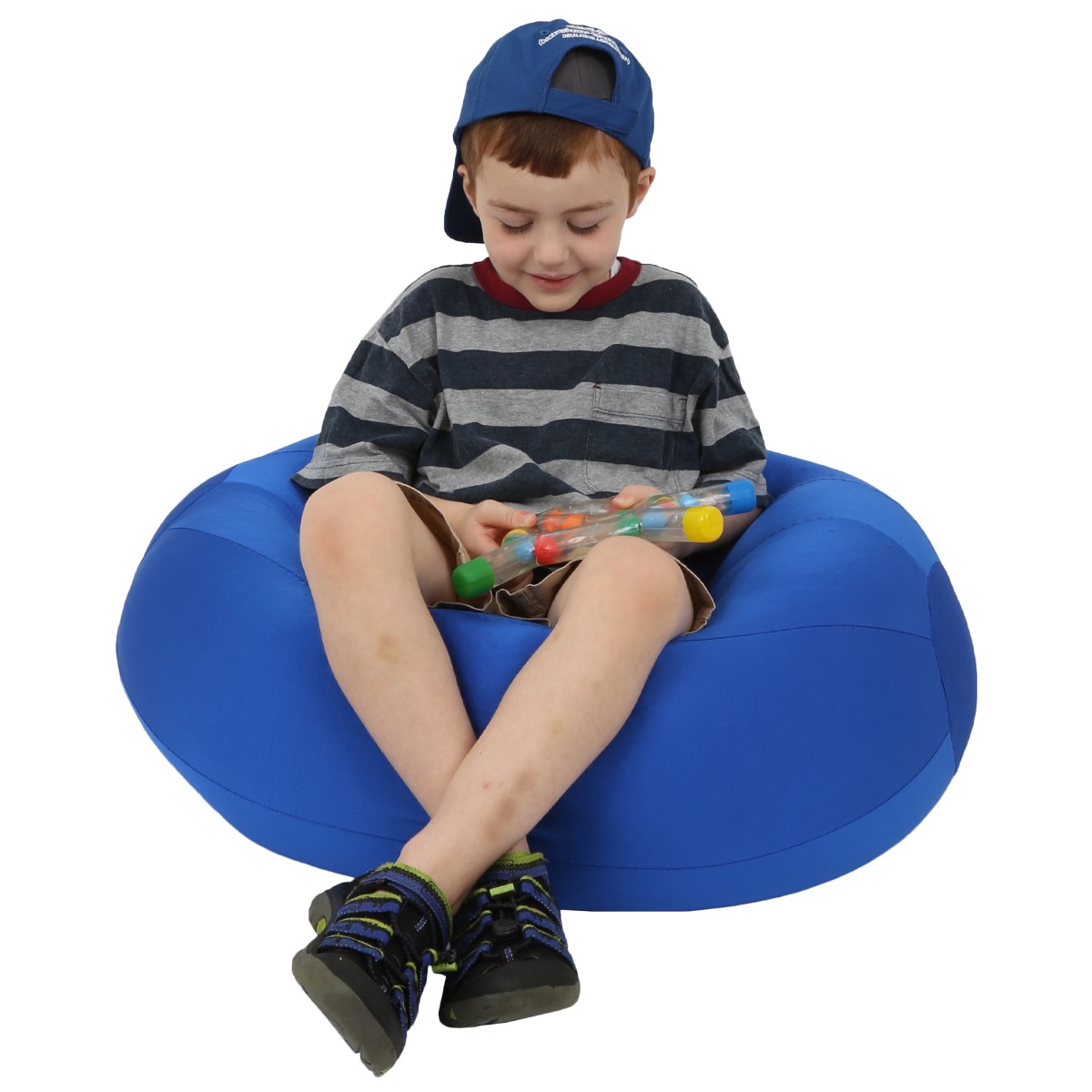
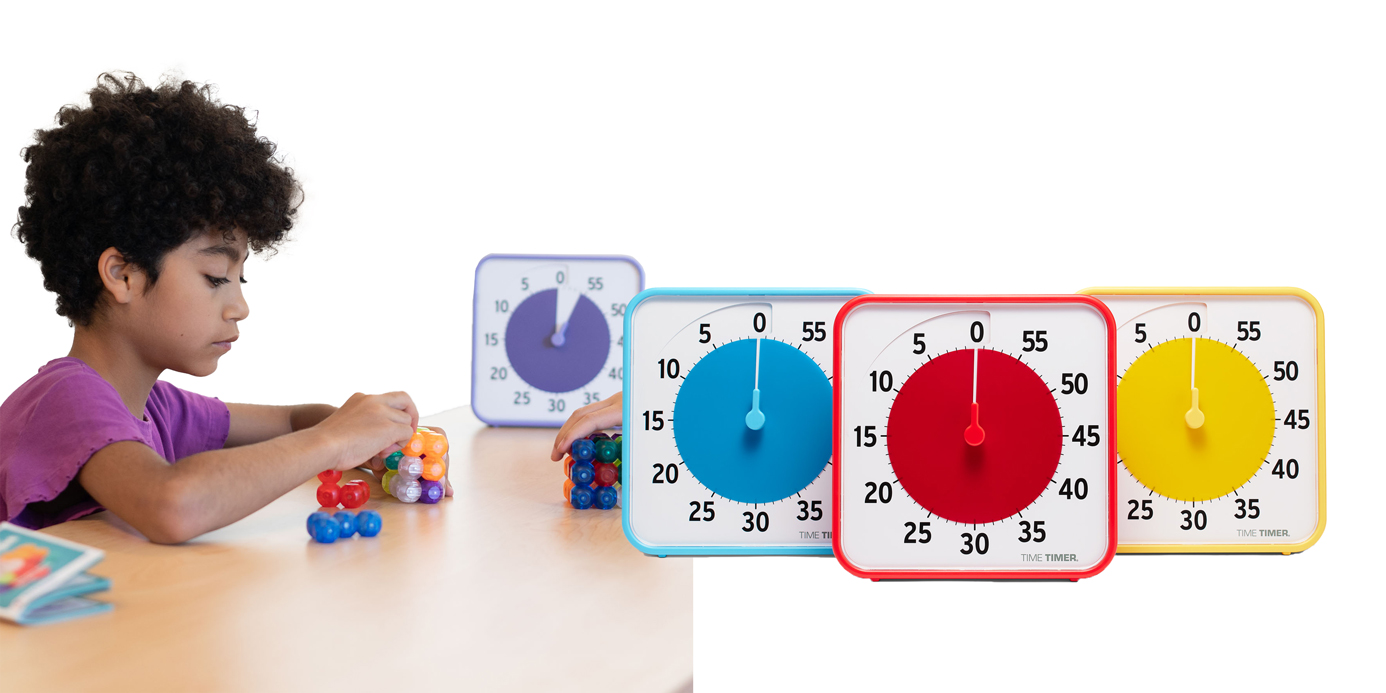
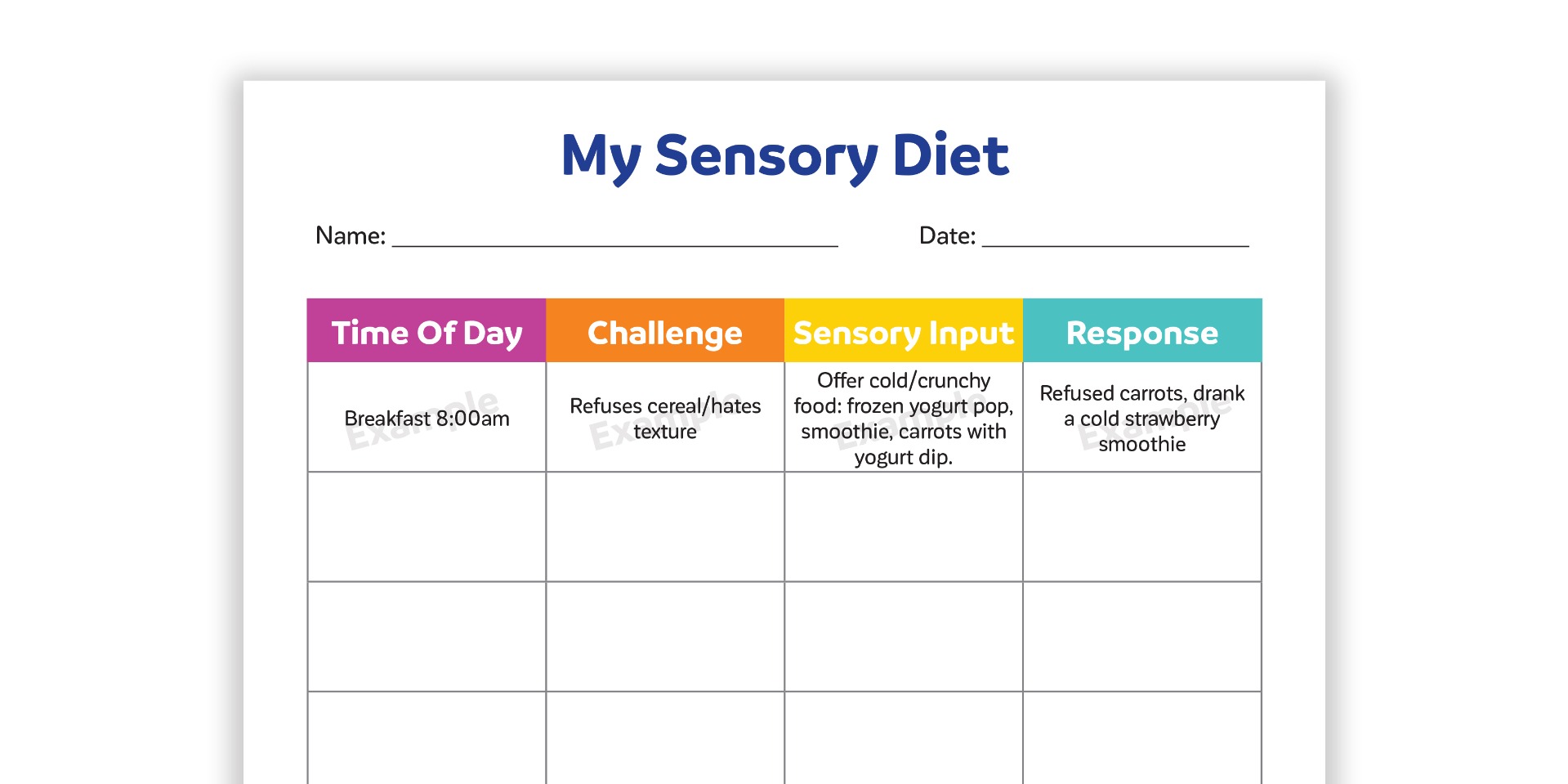





Comments